I have to confess that it has taken a while to get my head around the Mizuno MP-H5 irons and the best I can come up with is that they are part of a new category of 'elite player game improver' irons.

If you have being a devoted Mizuno MP disciple over the years then you know that they are usually beautiful looking clubs that offer varying degrees of unforgiveness in return for the best feel and control when shaping shots.
Over the last few years the unforgiveness has been minimised with classics such as the MP-60, MP-57 and even the recently reviewed MP-15 irons.
Despite all these improvements, the MP clubs are firmly for category 1 players who can hit the middle of the club and tolerate feedback on any mishits if they fall short of the green or remove your fingers on a chilly morning.
Yes, even low handicappers need help and the design technologies around these days mean that most of us can get more forgiveness and ball speed without giving up feel, as the excellent Mizuno JPX850 Forged irons prove.
However for elite players at scratch or plus, blade style irons is where it is at, but even they could benefit from a different head design and with advances in launch monitor use you can now prove that is the case.
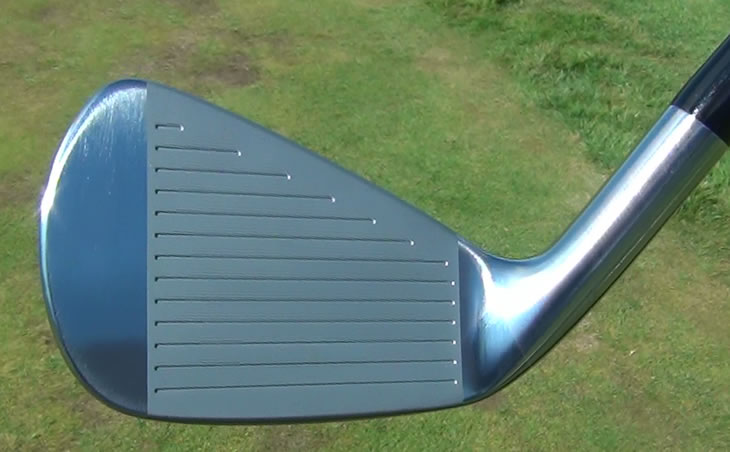
The video at the end of this review with designer Chris Voshall, who plays off 1, up against Luke Donald illustrates it perfectly. Twenty years ago top players only had a choice of blades or clunky cavity backs, so blades were the least worst option. Unless you have a tour level swing speed of over 105mph with a driver, then you don't generate the club head speed to get the most from blades, especially in the mid to long irons.
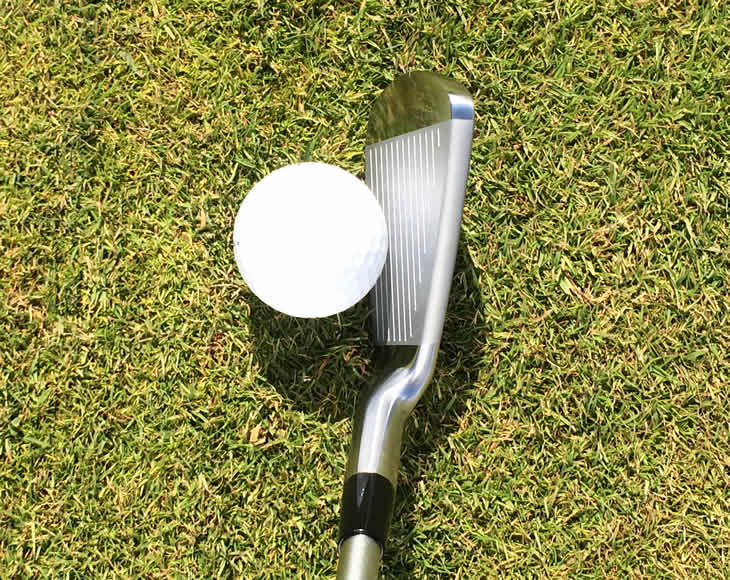
What the MP-H5 iron does is to look and play like a blade, but give people like Chris more ball speed and a higher launch to get the thing going by having a progressively larger hollow cavity head and deeper Centre of Gravity (CG).

The trailing edge of the sole is cambered away to achieve this whilst also allowing the sole to play thinner than it looks and I like this style of club.
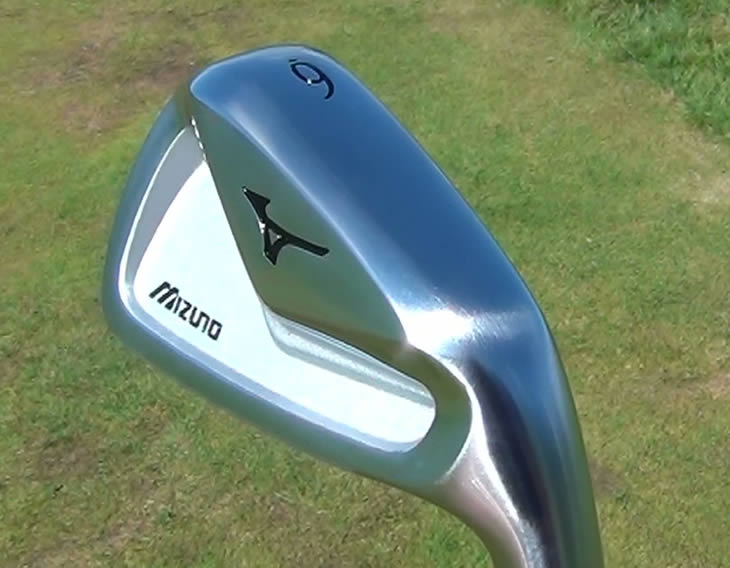
Mizuno say Luke uses the H5 in the 2 and 3 iron, so if even he needs help at that end of the bag then most amateurs probably need it from the 6 or 7 iron.
When I checked out the MP-H5 against the MP-15 and JPX850 Forged with a launch monitor on our outdoor range, the MP-H5 was about the same as the MP-15, but 2-4 mph slower than the JPX850 Forged.
The flight was higher than the MP-15 and pretty similar to the JPX850 Forged and the previous MP-H4. The deeper hollow head helps acheive this even though the JPX850 Forged head is longer and should therefore be more forgiving.
The feel was just as good the semi-blade MP-15 as the mass behind the ball was steel rather than titanium. This is quite an achievement as the 7-iron through Pitching Wedge are grain flow forged like the irons, whereas the 6-iron upwards are a different construction with a full hollow head and a Maraging Steel face.
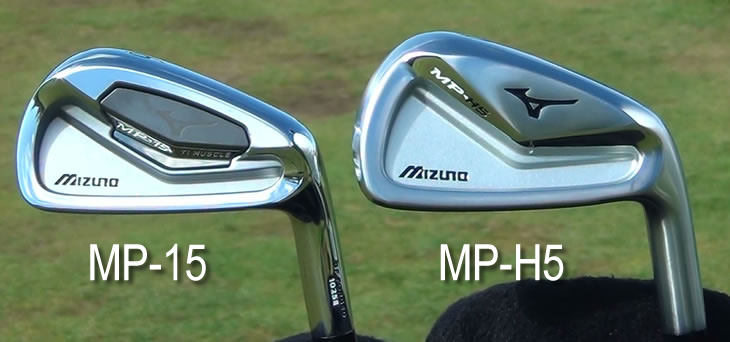
The other big difference is the lighter KBS Tour C-Taper Lite 110 steel shaft that is 20 grams ligher than a Dynamic Gold S300 in stiff flex. This helps create greater club head speed and together with the deeper CG will increase launch and ball speed. With the brushed silver finish, it looks pretty good too.

One of the key benefits of the MP-H5 is the longer irons that are part of the family tree that goes right back to original Fli-Hi irons which to me are still one of the best driving irons around and still legal for elite competitive play despite being launched in 2008.
The MP-H4 carried on the looks of the Fli-Hi and in the USA they were sold as a set, which has led to the worldwide launch of the MP-H5 as a set too.
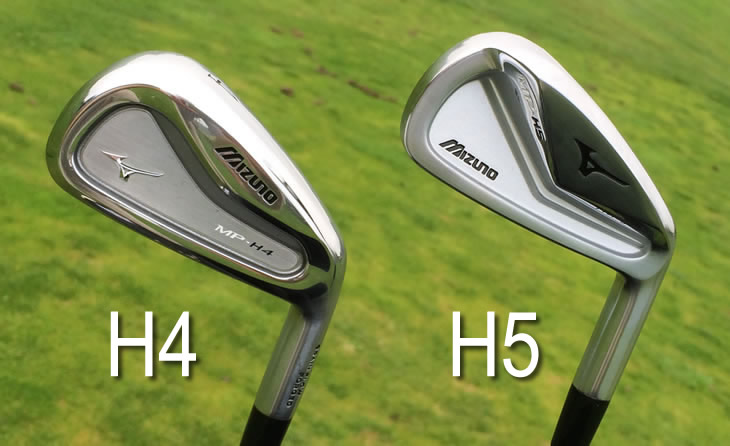
The driving iron heritage from the previous MP-H4 continues with a 3-iron in the set and also an 18° 2-iron and a 16° 1-iron available as special orders. It is great to see someone making an iron with a 1 on the bottom. There's just something about it that stirs the soul more than a delofted 2-iron.
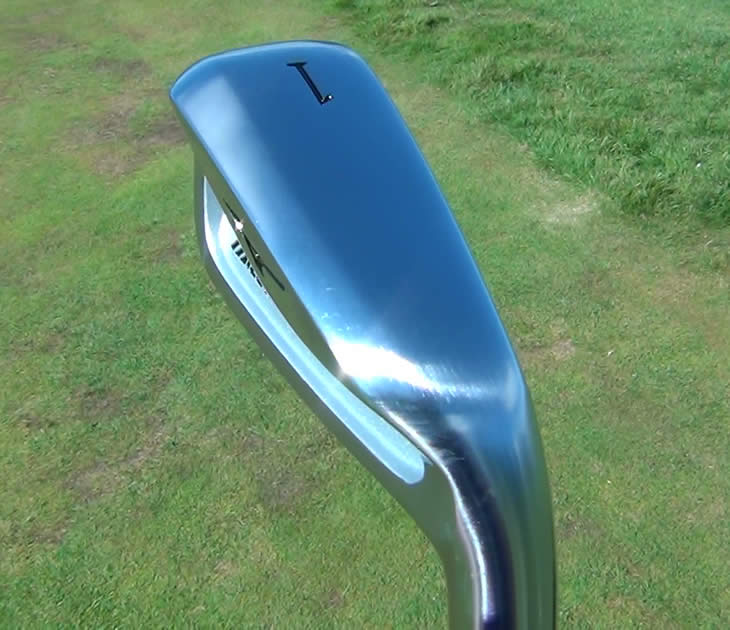
Just so you know where you stand in the world, the 1-iron features the word 'Hitogami' on the back, which apparently means 'human god' in Japanese.
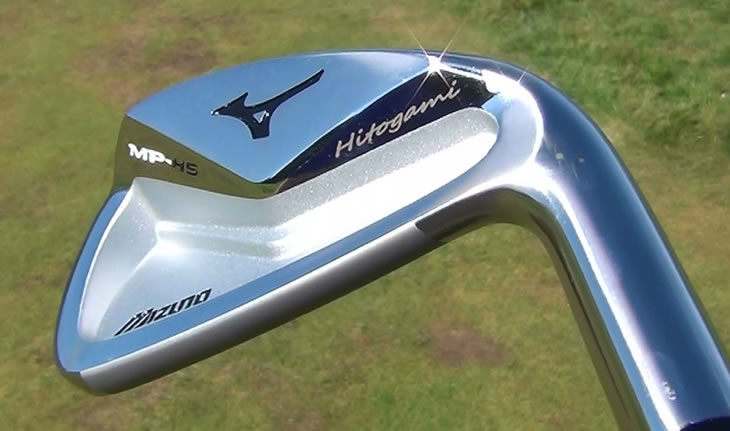
I had to attempt deity and I did manage to get it airborne, so maybe I can start a small cult somewhere. As you may expect it was more carry and roll than carry and stop, so ideal for fast running links for me, but maybe with a tour level swing speed, others may get more from it.
The looks are OK, although I am not sure about the large cavity protruding from the back of the iron with its shiny finish facing up, as it does not look as clean as the longer chunkier looking MP-H4.
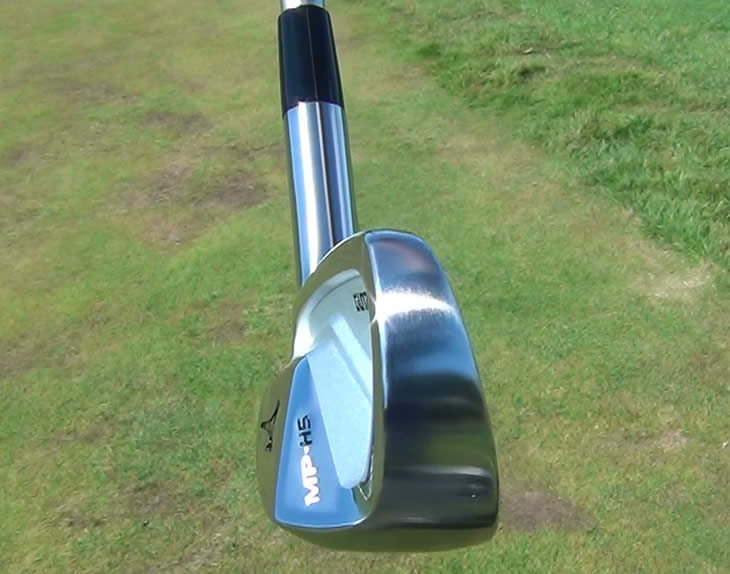
The H4 is obviously hollow but the thicker top line hid most if not all of the trailing edge. On the longer MP-H5 irons, the top line is thinner and at address it looks like a regular iron with a lump of metal on the back that does not look as good and the shiny finish on the back could distract some people.
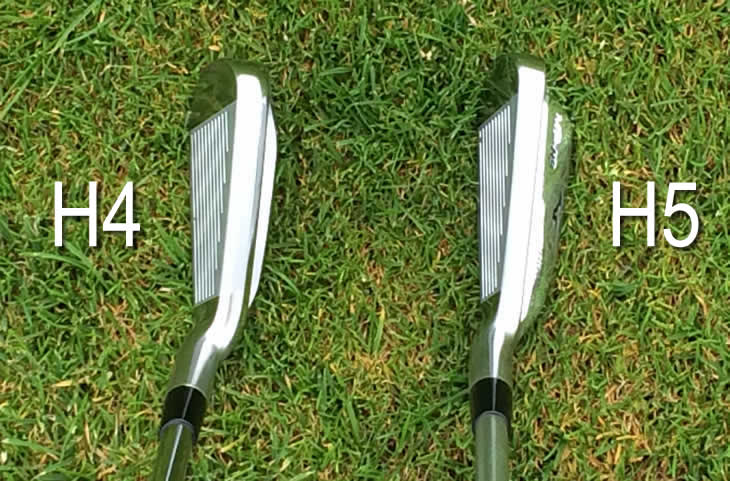
Overall I would have to say that the MP-H5 is a very good club and maybe starts a new 'elite player game improver' niche in the market. The lofts, lies and cost per iron are designed to blend with the MP-15 irons to create a holy union of MP set.
However is there a market in the niche? I can see tour players using them, but in the real world of amateurs, I feel that the path is less clear.
If you consider it sacrilege to not step foot on the course without your MP blades then the MP-H5 may offer a little more forgiveness for your golfing sins. However if forgiveness is what you are after then the performance of the cheaper JPX850 Forged irons with their larger heads and a similar flight makes me wonder why you would opt for the MP-H5s.
If you are just using these as a driving iron then I would probably stick with the better looking MP-H4 irons, or even find some of the original Fli-Hi irons as either are so easy to hit from the tee.
As Mizuno say, they can see everyone on tour who uses blades will use these style of irons in the future, so maybe this is the first step down this road for today's golfing gods.
And we should pay heed to these teachings my children as forgiveness comes in many forms.